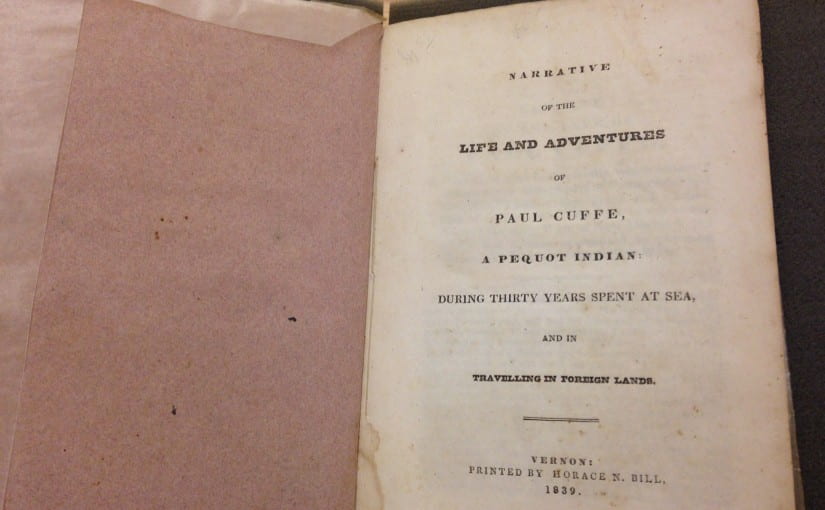Since June, my work for the Digital Scholarship Summer Internship at Amherst has been dominated by exploration. Throughout my time working as an intern this summer at Frost Library, I’ve had the opportunity to digitize nineteenth-century Emily Dickinson poems, attend data visualization conference workshops, consult with Native American scholars about digital scholarship possibilities for Amherst’s own Native American book collection, and contribute to this blog. The list goes on and on.
But this week ends on a different note as the supervising staff helped us mark deadlines for our final projects and its components. In late August, our DH initiative must transform from an abstract idea to an actual digital experience for others to explore. What we’re trying to do is develop an educational webspace featuring a few model projects in digital scholarship that could serve as examples for fellow undergraduate students, especially those unfamiliar with digital scholarship.
So, this internship isn’t just about exploration: it’s about channeling all of the knowledge and skills we’ve developed in the field of DH this summer into a concrete scholarly work. Each week, as we think more and more about the final digital project, the kind of research questions I’m asking have also been reconfigured. However, that exploration phase was just as critical as the development phase of the internship. It’s not just the final product that matters, but all of the work and experiences leading up to it.
My research evolved because I started to incorporate digital tools directly into my thought processes. I asked myself: “How can I answer this question with digital technology?” With my initial research topic, I wanted to explore the German authors of the Native American book collection. There’s one interesting work called We Indians by the German writer Edgar Von Schmidt-Pauli who transcribes the orated stories of a Native American chief (check out an Amherst’s archives blog about it). As fascinating as it was to look at the interaction between Germans and Native Americans, I failed to consider the digital potential of a research project in the topic. What would digital tools do for such a topic that a research paper couldn’t?
Of course, time restraints (and a lack of fluency in German) ultimately encouraged me to pursue another topic, but I learned my lesson about how to go about digital scholarship research. You have to go about it all differently than your typical research for a paper. You’ve also got to think about how you can ask questions about a work that can take full potential of digital tools out there.
For my individual project for our upcoming website, I’ve decided to focus on the 1839 maritime narrative of adventurer, merchant, and whaler Paul Cuffe. It’s called the Narrative of the Life and Aventures of Paul Cuffe, A Pequot Indian: During Thirty Years Spent at Sea, and in Traveling Foreign Lands (1839). And it’s pretty awesome. (I’m talking about the son of Paul Cuffe here, not the well-known sea captain and abolitionist, who inherited his father’s name and passion for a life at sea).
- An image of the 1839 narrative from the son of Paul Cuffe (who was also Paul Cuffe). This image was taken at Amherst College’s Archives and Special Collections.
Unlike with my initial exploration of German authors, applying digital storytelling and mapping tools to a maritime narrative would allow me to take full advantage of the geographical nature of the work. Cuffe travels to and from so many ports and islands throughout the world. With this digital project, you could follow this incredible sailor’s adventures as if you were sailing right along with him: from the War of 1812 to interactions with natives of island nations, from capture to escape, from imprisonment to liberation.
From turtle hunting to whaling to encounters with pirates, there are so many fascinating global adventures that could be mapped by working with Cuffe’s narrative. Above all, through Paul Cuffe’s narrative, I’ll be able to still ask questions about ethnicity that I’ve been thinking about since June because the sailor in question was a free man of color in the antebellum America (having both Native American and African ancestry).
Indeed, next week will be the start of intense project development- the time of brainstorming and preliminary research has passed. However, I still couldn’t feel happier. I really believe I learned how to actually do digital scholarship this summer. After many challenges in the research process, I’ve learned how to think about both the digital side and the humanities side of my project in a balanced, integrated, and interdependent way.
I’ve got one foot in technology and the other in the humanities, but surprisingly I feel more grounded than ever.


